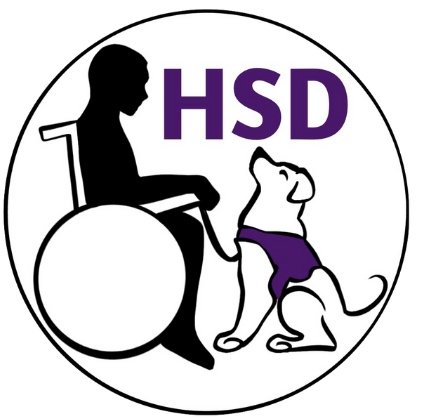Understanding Dog Reproduction: What You Need to Know About Spaying and Neutering
Prefer to listen to the podcast?
Click here
Today’s topic? Reproduction! No, not that kind of awkward middle school health class reproduction—but the kind that seems to mystify even experienced dog owners: dog reproduction.
Let’s clear up the confusion and dig into when and why we recommend keeping dogs intact until around two years of age, the risks of early spay/neuter, how heat cycles work, and what this all means for you and your pup.
⸻
Why Wait to Spay or Neuter?
One of the things we strongly recommend is waiting until your dog is around two years old—or better yet, getting an x-ray from your vet to confirm that growth plates have closed—before you spay or neuter. Why? Hormones.
Hormones play a vital role in full physical development. Early spay/neuter can interrupt growth signals, potentially leading to long-term health issues, especially involving joint development. We’ve seen it firsthand: in Gainesville, we worked with many rescue dogs who had been altered early and noticed a disproportionate number with ACL issues compared to intact dogs or those altered later.
⸻
Real-Life Example: Steers vs. Bulls
Let me illustrate this with an example from our old farm days. When our cows had calves, if it was a boy, we’d “band” them within the first few days, turning them from bulls (intact males) into steers (neutered males). Steers looked very different from bulls as they grew. Their bodies developed more like their mothers—less muscled, different posture.
We see the same with dogs: those altered early tend to look and develop differently than their intact counterparts. And that difference can impact not just appearance, but performance and structure.
⸻
What Happens If You Keep Your Dog Intact?
Let’s break it down by gender.
For males:
They’ll go through sexual maturity. You may see behaviors like humping or marking, and yes, a bit of teenage “attitude.” But this is manageable with structure and training. I don’t allow marking on walks, and humping isn’t permitted. These aren’t just intact dog problems—it can happen with neutered dogs and females too.
For females:
They’ll go into heat. For Golden Retrievers, this can happen anywhere from 6 to 14 months old and typically repeats every 6–8 months. That means if you keep your female intact until age 2, you’re likely going through 3–4 heat cycles.
When my girls are in heat, they either get extra crate time or they go stay with my parents since I have an intact male (hi, Bert). We use doggy diapers if needed, but I generally don’t work my service dogs while they’re in heat—it’s uncomfortable for them, and just not worth the stress.
Some signs your dog might be coming into heat:
• Licking her vulva more than usual
• Swelling or puffiness down there
• Blood drops around the house
• Increased clinginess or moodiness
We train all our girls to roll over on command (“Show me your belly!”) so we can check them easily. A white tissue dabbed to the area can also show early signs—if it comes back pink or red, she’s likely in heat.
⸻
Heat Cycles and Reproductive Timing
A full heat cycle takes about 3 weeks. If you’re planning to spay your female and she’s recently been in heat, wait until 3 months after the cycle ends. Why? That’s when hormone levels are lowest, making it the safest and easiest time to spay.
If you’re planning to breed, we use progesterone testing to pinpoint ovulation. Ovulation typically happens when progesterone hits a certain level, and the optimal breeding window is two days later. Gestation lasts around 9 weeks.
⸻
The Risk of Pyometra
For females who aren’t going to be bred, we do eventually spay. Why? Pyometra—a potentially fatal infection of the uterus. We had a client’s German Shepherd come down with pyometra during a board and train, and she had to be rushed to the emergency vet hospital for surgery. After recovery, she was a totally different dog—clearly feeling so much better.
So yes, we wait until maturity, but we don’t leave our females intact forever unless they’re actively part of our breeding program.
⸻
Making the Best Choice for Your Dog
Ultimately, our recommendation is:
• Wait until at least a year old, preferably two, before spaying or neutering.
• If you’re unsure, do a growth plate x-ray first.
• For females, if you’re not breeding, spay around three months after their heat cycle ends.
• If you’re overwhelmed by managing a dog in heat or an intact male, talk with a trusted trainer or vet who respects your goals.
We know many rescues and some vets push for early spay/neuter. But in our experience, waiting offers significant long-term benefits for your dog’s health and development. If your vet pressures you, tell them your breeder contract requires waiting. Many of our owners are responsible and committed to doing what’s best—and that’s what we love to see.
⸻
So there you have it—a crash course in dog reproduction, heat cycles, and why the timing of spay and neuter matters. Got questions? Feel free to reach out or check out our other resources. Until next time, take care of yourselves and your pups!
Victoria
Service Dog Success

